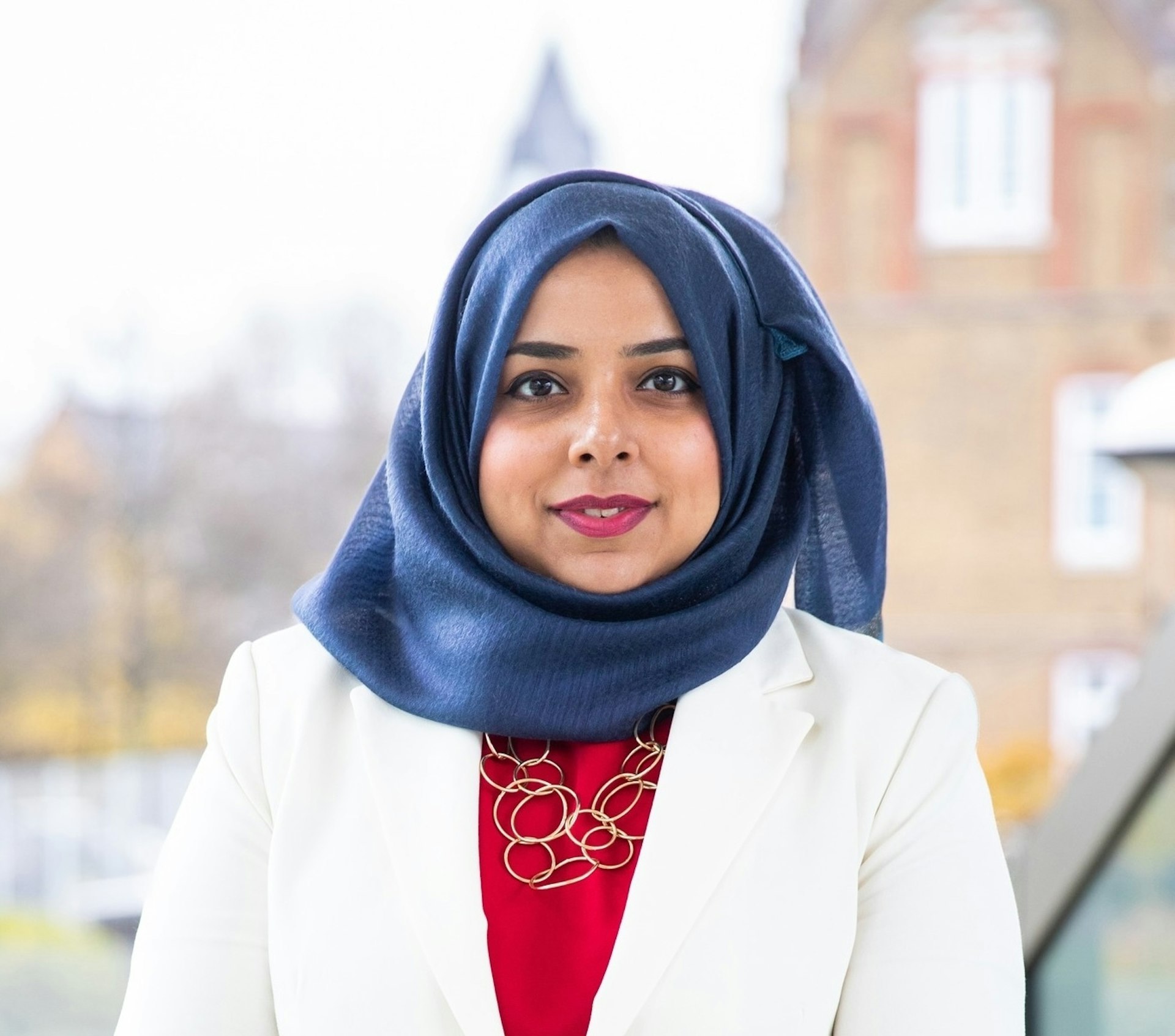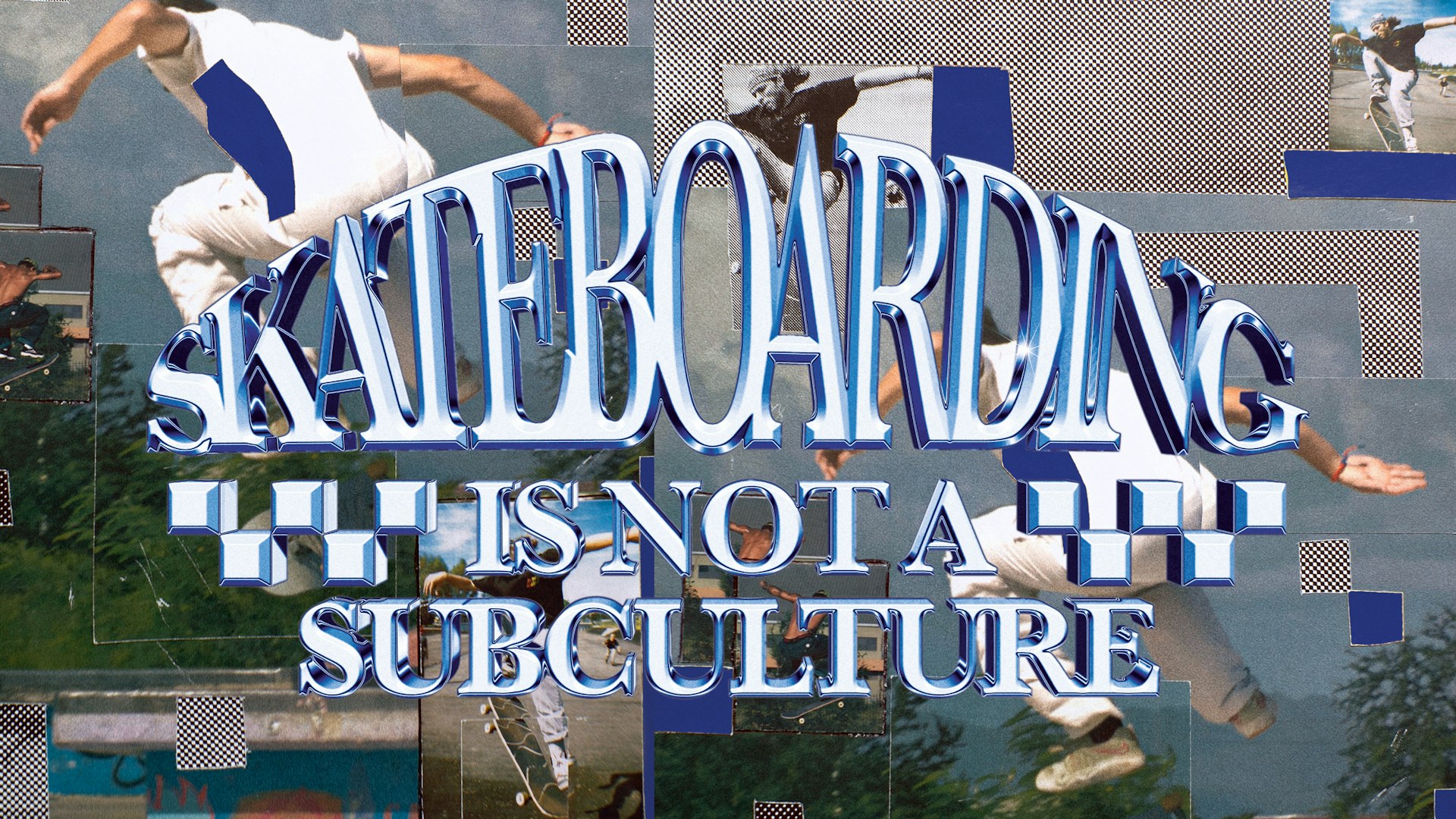Photos capturing the banal eccentricity of English life
- Text by Miss Rosen
- Photography by Barry Lewis, courtesy of Café Royal Books

Brought up in a predominantly white, working-class suburb in South London in the 1950s and ‘60s, photographer Barry Lewis says that it was only when he reached his mid-teens that he began to connect with the country’s rich cultural diversity through music and clubbing.
After receiving a scholarship to study under master photographer Bill Brandt at the Royal College of Art, Lewis learned how to create photo essays – a skill he brought to bear in the flourishing world of glossy magazine publishing.
Following his graduation from the RCA in 1976, Lewis secured a one-year contract shooting for Vogue. “The art director, Terry Jones, liked my work, and, while understanding that I had no interest in fashion, encouraged me with portrait work. My first assignment was to photograph Andy Warhol!” Lewis joyously recalls.

Two couples asleep in a car in a pub car park in the Peak District, Derbyshire, 1978

Young boy dives into the sea, Margate, 1982
Although the weekly wage was only £10, the strength of the Vogue name helped Lewis secure freelance commissions and commercial work. Over the next two decades, Lewis continued to shoot for UK magazines, piggybacking personal projects onto paid assignments.
“With lockdown, I started looking back through my archive and was surprised by how prolific my coverage was, with often quietly powerful pictures missed in the rushed process to make great magazine sets dominated by the double-page spreads,” Lewis says.
In a new book, Being British 1975-2005 (Café Royal Books), Lewis offers an evocative document of England in the late-twentieth century, which he sees as more plainly as “a portrait of the photographer: young male, white working class, lippy, opinionated… but, someone who enjoys the warmth of the British people”.

Day class in flower arranging, Sparsholt College Hampshire

Barry Lewis, Photographer, Blackpool Pleasure Beach 1989
Lewis began working in colour when it was still frowned upon by the art world. “There was a feeling at this time for most young aspiring photographers that colour photography was for family snaps and slick commercial work, while black and white was the way to go for us ‘serious artists!’” he says.
After discovering Radio Times magazine paid double for colour commissions, Lewis decided to make the switch. He remembers: “I was confronted for the first time by my lack of knowledge and how difficult it was to make a photo that corresponded to what you saw in your mind’s eye.”
But he kept on, encouraged by the thriving London photographic community centred around The Photographers’ Gallery, Half Moon Gallery, and Network Photographers. “The unifying power of these meetings and asking provocative questions about the politics of photographic practices cannot be understated. Many of the connections I made at that time changed my life. We were all broke but London was far cheaper then, and everyone gave their time and enthusiasm.”
With this book, Lewis reclaims the idea of “Being British” from what he describes as “a myopic myth of ‘hijacked and exploited by the Brexiteers that ignores the history of Empire and its consequences. It is a delicate time to be representing ‘Britishness’ in images but I try to hold on to the strengths and the richness of our shared culture.”

English breakfast at the Sidings hotel near York, a hotel established out of an old railway station

Financial workers singing “My Way” on a Karaoke night at the end of a day in Coates Wine Bar, City of London, 1990

Nextdoor neighbour of Tony Lambrianou, gangster and enforcer for the Kray brothers, outside her flat in London’s Elephant and Castle in 1983

Summer visitors competing in the plastic duck race, Hutton Le Hole, a picturesque village on the Yorkshire moors, England, UK
Being British 1975-2005 is out now on Café Royal Books.
Follow Miss Rosen on Twitter.
Enjoyed this article? Like Huck on Facebook or follow us on Twitter.
Latest on Huck

“I refuse to accept child poverty is a normal part of our society”: Apsana Begum MP on voting to scrap the cap
After seeking to “enhance” the King’s Speech by voting for the scrapping of the controversial two child benefit cap, the MP for Poplar and Limehouse lost the Labour Whip.
Written by: Apsana Begum

Is skateboarding really a subculture anymore?
With skate’s inclusion in the Olympics, Kyle Beachy asks what it means for the culture around the sport, and whether it’s possible to institutionalise an artform.
Written by: Kyle Beachy

Autism cannot be cured — stop trying
A questionable study into the ‘reversal’ of autism does nothing but reinforce damaging stereotypes and harm, argues autistic author Jodie Hare.
Written by: Jodie Hare

Bristol Photo Festival returns for second edition
After the success of it’s inaugural run, the festival returns this autumn with exhibitions, education and community programmes exploring a world in constant motion through still image.
Written by: Ben Smoke

Documenting the life of a New York gang leader paralysed by gun violence
New photobook ‘Say Less’ is a complex yet humanising look into a life wrecked by gun violence and organised crime.
Written by: Isaac Muk

The woman who defined 80s Hip Hop photography
A new exhibition brings together Janette Beckman’s visionary and boundary pushing images of an era of cultural change and moral panic.
Written by: Miss Rosen